
I started making games when I was 8. I got a Commodore 64 for my birthday. And I got one game, which was a game called “The Pit” – it’s rather obscure and it’s really shit – and the other thing I got, of course, was a manual. And so the game I finished very quickly, and then I had nothing else to do so I dove straight into the manual.
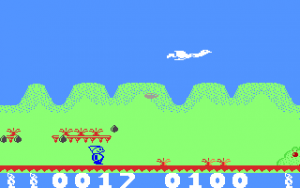
As a teenager I loved the 1980s animated TV series Smurfs, based on the adorable 1950s comic characters. When I got a Commodore 64 I thought “with the power of sprites, surely I could create a game based on Smurfs?” and so for three months in early 1985 I tried to prove to myself that I could.
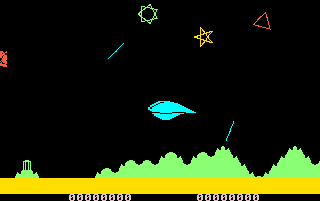
In Part 2 Carl tells us about finally getting his own computer, joining the local computer club and in how his interest in games design inspired him to learn Assembly language and dissemble games studying the works of UK designer Jeff (Yak) Minter.
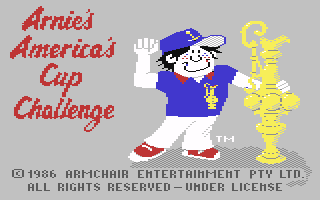
“Arnie’s America’s Cup Challenge”, the Official America’s Cup Sailing Simulation computer game, was developed for the Commodore 64/128 and the Amstrad. Being a simulation game, it offers you a chance to race the actual 24.3 mile course off the coast of Perth, Western Australia.
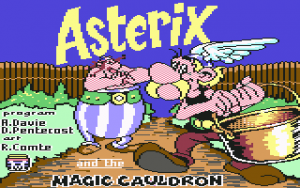
“Asterix and the Magic Cauldron” is based on the characters and the world of the “Asterix” comic books. The aim of the game is to take Asterix and Obelix on a journey to collect all seven pieces of Getafix’s broken cauldron. Asterix needs to carry food, for Obelix to follow him.

A compendium of different games, it includes a boomerang throw, a bellywack competition, an Aussie Rules football punting game, a dry boat race and the infamous skeet shoot. In the skeet shoot game, you have to hit an empty beer can thrown from a moving ute. Success results in the dog, who is riding shotgun in the ute, chundering

“Battlefront: Corps Level Command in World War II” is a turn-based strategy/war simulation game. A recreation of the land battles of World War II, it offers the following scenarios: Crete (1941), Stalingrad (1942), Saipan (1944) and Bastogne (1944-5). It includes a complete scenario editor, which is unusual in that it enables creation of new terrain types, and can even be invoked mid-game.

“Carriers at War 1941-1945: Fleet Carrier Operations in the Pacific” is a war simulation (wargame). In the game, you take on the role of the task force commander in the Pacific theatre, during World War II. In the six simulated conflicts, you can play as both the U.S. and the Japanese Empire. Included scenarios are Pearl Harbor, Coral Sea, Midway, Eastern Solomons, Santa Cruz and Philippine Sea.

“Demon Stalkers” is an action RPG / editor – construction set game. It is essentially a “Gauntlet” clone. You must travel through ninety-nine mazes before meeting the final demon. The game features different enemies as you progress through the mazes, with clues to progression built in.
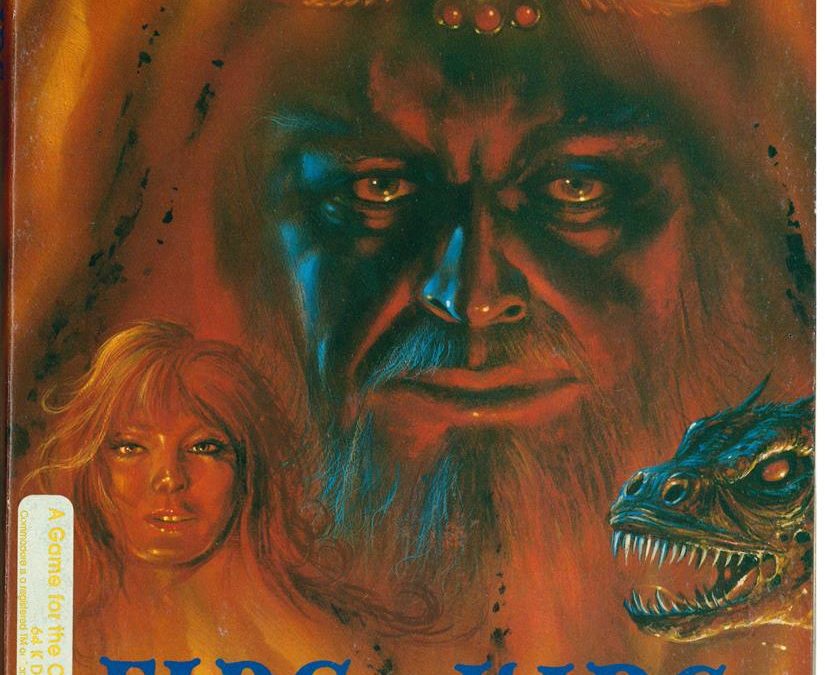
“Fire King” is an action role-playing video game. It was developed by Micro Forte and distributed by SSG in 1988 for the Commodore 64/128 and DOS. It was sequel to Micro Forte’s adventure game of the same style “Demon Stalkers: The Raid on Doomfane“. “Fire King” has been compared to Gauntlet, with its top-down view and endless enemies spawning from monster generators, but differs in that it contains more plot and puzzles than the typical hack and slash game.
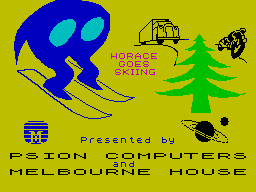
“Horace Goes Skiing”, released in 1982, was a spin-off from the successful “Hungry Horace”. “Horace Goes Skiing” is initially similar to the arcade game “Frogger”. In this instance, Horace has to negotiate a busy and dangerous road, in order to get to the ski shop, to rent a pair of skis.
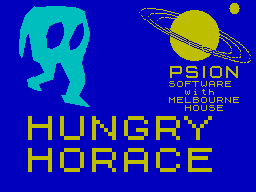
“Hungry Horace” was programmed by William Tang, but Alfred Milgrom contributed to the design of the inimitable Horace, a character created using minimum grid available. Milgrom sent a copy of the game to Psion Software in the UK. It was Psion’s close relationship with Sinclair Research which saw the Horace Games packaged with ZX Spectrum making it one of the first home computer game experiences for many people.
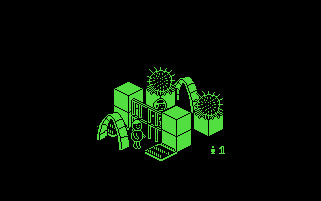
“Necromancer 2” is an isometric arcade adventure. It is a clone of Ultimate’s classic 3D games, such as “Knightlore”. The game runs on C64 and also runs on a Vic 20. It was, during its day, an advanced amateur game, being an isometric 3D game.
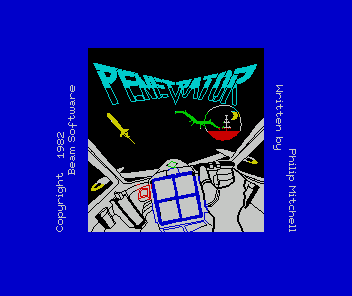
The tastefully named “Penetrator” was one of Beam Software’s earliest games. Designed for the ZX Spectrum by Philip Mitchell and Veronika Megler the game is a clone of Konami’s popular 1981 arcade game “Scramble”. A sideways scrolling shooter “Penetrator” recreates “Scramble”’s challenges of flying and shooting…
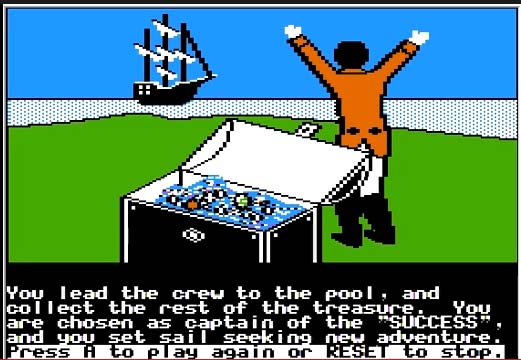
“Pieces of Eight” is designed as an individual or small-group manageable, language-based, educational courseware package. The program, when operating with a small group, promotes dynamic, collaborative interaction and co-operation. Using the software makes students apply a broad range of problem-solving techniques and logical-thinking skills.
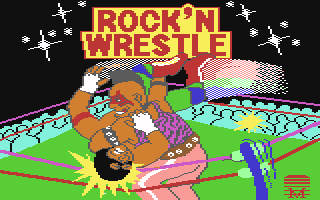
“Rock’n Wrestle” (known as “Bop’n Wrestle” in the US) was one of the first games to have 3D movement through space. The game allowed for single or dual player modes, using the joystick or the keyboard supporting twenty-four wrestling manoeuvres.
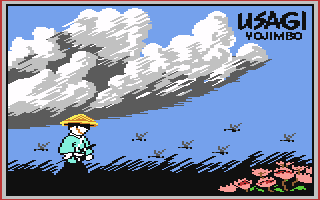
Samurai Warrior: The Battles of Usagi Yojimbo”, is based on a successful comic book by Stan Sakai. The hero is an anthropomorphic rabbit named Miyamoto Usagi, living in seventeenth-century Japan. Usagi is a masterless samurai (a ronin), who wanders the land, occasionally taking up work as a bodyguard.
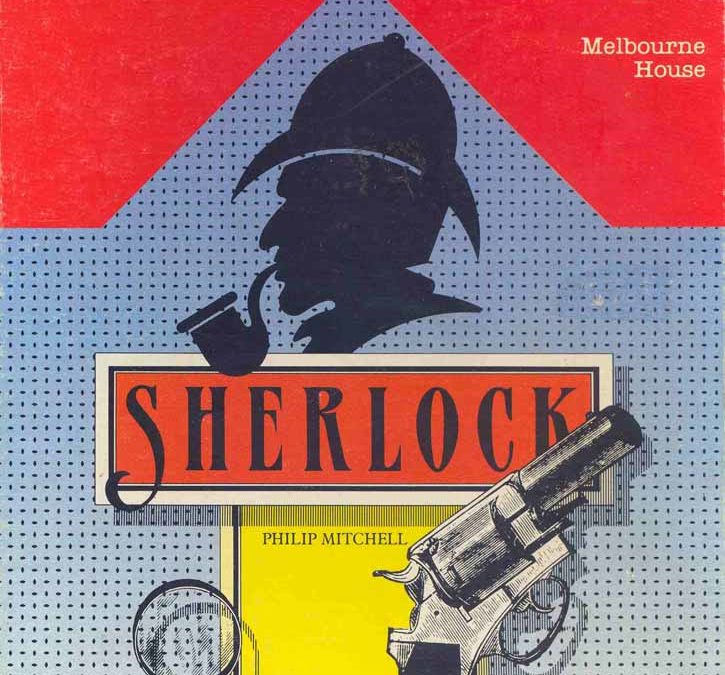
“Sherlock” is a 1984 text adventure developed by Philip Mitchell and Beam Software. It was published by Melbourne House. The game is based on the famous Sir Arthur Conan Doyle books featuring the super sleuth Sherlock Holmes, fiction’s most famous detective. You take the role of Holmes, assisted by Dr. Watson.
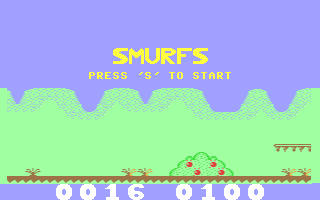
“Smurfs” is a platform game in which you use the joystick in Port 2, with fire to jump over prickles, avoid eggs, and to reach Smurfette at the end level. There are three stages – horizontally scrolling, vertically scrolling, and a flick-screen stage. The gameplay is quite a difficult challenge.
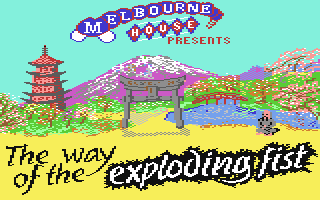
“The Way of the Exploding Fist” was one of Beam Software’s best-selling games, and reached number one in Europe. It was one of the first ‘beat-‘em-up’ games for the home computer and the first multi-move beat em up. Jordan Mechner’s “Karateka”(1984) which came out just before “The Way of the Exploding Fist” was basically punch and kick. The game offered an unprecedented sixteen karate moves, which allows for strategic game playing and complexity.




















